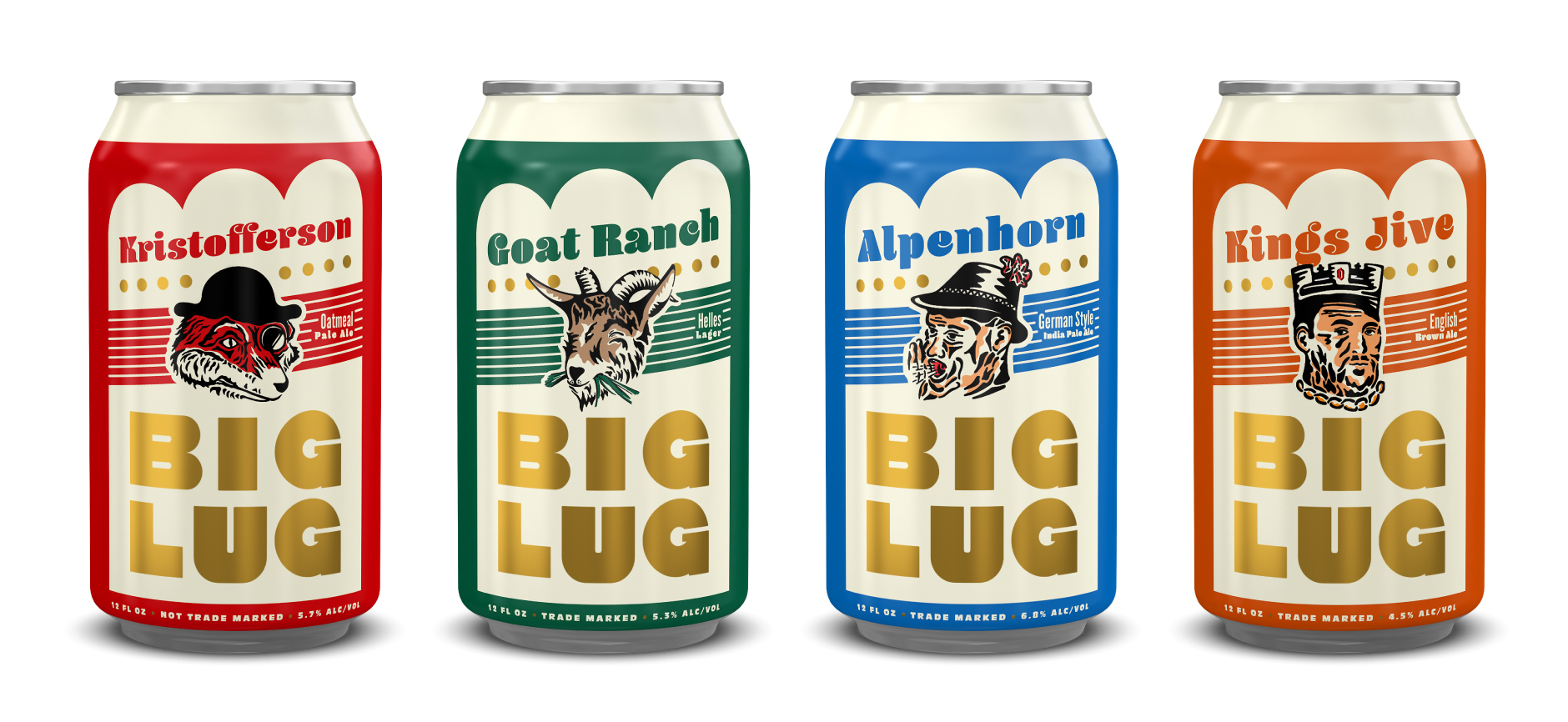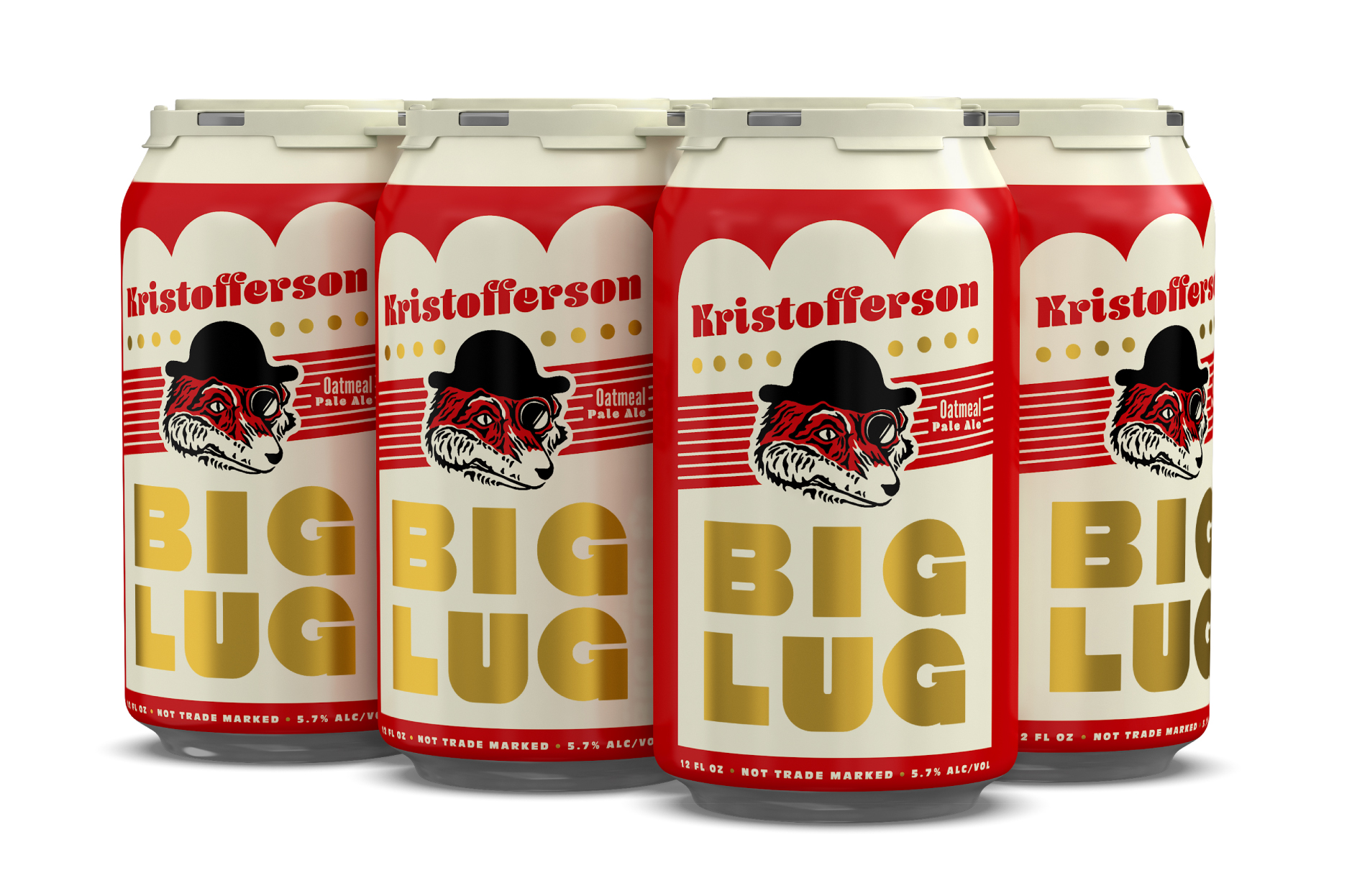WHEN BRANDING A CRAFT BREWERY, PEOPLE HAVE A TENDENCY TO WANT TO JUMP STRAIGHT TO AESTHETICS. BEFORE YOU BEGIN EXPLORING YOUR VISUAL IDENTITY, YOU NEED TO UNDERSTAND WHAT MAKES YOUR BRAND COMPELLING—YOU NEED TO DEFINE YOUR BRAND ESSENCE.
When branding a microbrewery, or any organization for that matter, people tend to want to jump straight to aesthetics right off the bat. “We want our logo to look vintage, but contemporary. A little bit rustic with just a touch of whimsy.” (for the record, I still don’t know what “whimsy” means).
Anyway, the problem with jumping to visuals too soon is that before you get to that point, you need to form a deeper understanding of your brand essence. This fluffy-sounding concept is important because it cuts straight to the heart of your brand—what do you stand for? It’s a distillation, often just a few words, of the most compelling aspect of your company—your biggest differentiator and your “Why?” Why should people support you? What role should your brewery play in their lives?
Once you have a grasp on these ideas, you can move onto the visual side of the equation. If done properly, your brand essence and the wider collection of surrounding ideas should directly inform your branding (identity design, website, package design, marketing, etc.) so that if someone is sitting in a bar perusing tap handles, they’ll see yours and immediately understand why they should buy your beer.



We helped Big Lug Canteen (Indianapolis, IN) build their brand around the idea of their neighborhood as a ‘Stomping Grounds.’ This brand essence provided a lot of room for fun illustrations and storytelling. See more of this fun project here.
Here are a few questions we ask during the initial research phase of a branding project. These are part of a larger list of questions and tools we use to frame a brewery’s core values and the potential brand essence that can grow from them. Again, this all happens before we ever put pencil to paper sketching beer packaging or before we ever consider what your taphandle should look like.
- In plain English, what is your brewery? (what do you offer?)
- What’s the coolest thing about your brewery?
- Why does your brewery matter?
- What are your core values?
- Describe your beer. Who do you want drinking your beer?
- What role should your brewery play in your customers’ lives?
- Describe some competition? How are you different?
- What emotions should your branding evoke?
While your brand essence can (and should) directly inform your tagline and marketing messages, it’s mostly an internal tool used to capture the spirit of your brewery. Some example brand essences we’ve developed have included, “Stomping Grounds,” “Red Barn Romanticism,” “Wild Alaska,” “Shot & A Beer,” “Creative Prairie,” “Pioneering Spirit,” and “Blue Collar Scientists.”
OTHER THOUGHTS
-
1
Interview Your Stakeholders
We like to talk to as many different people with a stake in your brewery as we can, all the way from the owner of the company on down to the frontline guys (delivery drivers, for instance). A common example when we’re working with a brewery is to interview the head brewer, any additional owners, cellermen, tasting room staff, and distributors. We also talk to ardent volunteers and customers.
The cool thing about talking to such a wide variety of people is that you’ll quickly see patterns emerge from your conversations. And despite what a lot of agencies want you to think, branding and design isn’t rocket science. Ideas that come up again and again are often great contenders for your brand essence.
-
2
Talk to folks, one-on-one
Over the years, we’ve interviewed large groups of people together and individually, and we consistently get better results when we talk to people in a one-on-one setting. This can be even more powerful when the folks you’re talking to understand that there’s no wrong answer to the questions you’re asking them. Branding is all about emotion and storytelling, so discussing the first thing that comes to mind can often be very powerful.
What we’ve found in hosting large-group discovery sessions is that the group dynamic tends to dominate free conversation. It’s not uncommon for a Type A person to talk and talk and talk and talk until eventually, the more introverted people in the group just start nodding their heads as if to say, “Yes, we agree with what the obnoxious guy said.” This means you’re missing out on the quieter person’s opinions and ideas. Having those one-on-one conversations almost always yield valuable insights that you would not have gotten otherwise.
-
3
Be critical
Once you can articulate your brand essence, you need to critically evaluate it by asking yourself the following questions:
Is this potential brand essence true? (Can I prove it?)
Is it relevant to my customers? (Do they care?)
Does it differentiate my brewery? (Can anyone else make this claim?)
-
4
USE YOUR BRAND ESSENCE TO FLESH OUT YOUR ORIGIN STORY
Now that you have your essence defined, you can move onto the storytelling process. People won’t buy your beer just because you’re “a regional craft brewery.” Aside from brewing great beer, you need to tell a compelling story that resonates with people and gets them to come back with friends and family.
By considering your core value and your brand essence, you have the beginnings of a great story that can reach out and grab people. It doesn’t need to be an opus—a few paragraphs may do. Just make sure it’s well-written, relevant, and true to you.
-
5
Work with Outsiders
If you’ve read to this point, then you’re probably already thinking about your brewery’s branding and positioning more meaningfully than mere aesthetics. That means you value design and realize how important an element it is in becoming a successful brewery. Nice!
An impartial set of outside eyes (whether from a design firm or even a group of close friends) can be a great help in organizing your team’s thoughts and can become even more invaluable as the time comes to translate all these ideas into beautiful, compelling, smart, and—what the hell—maybe even whimsical design.

